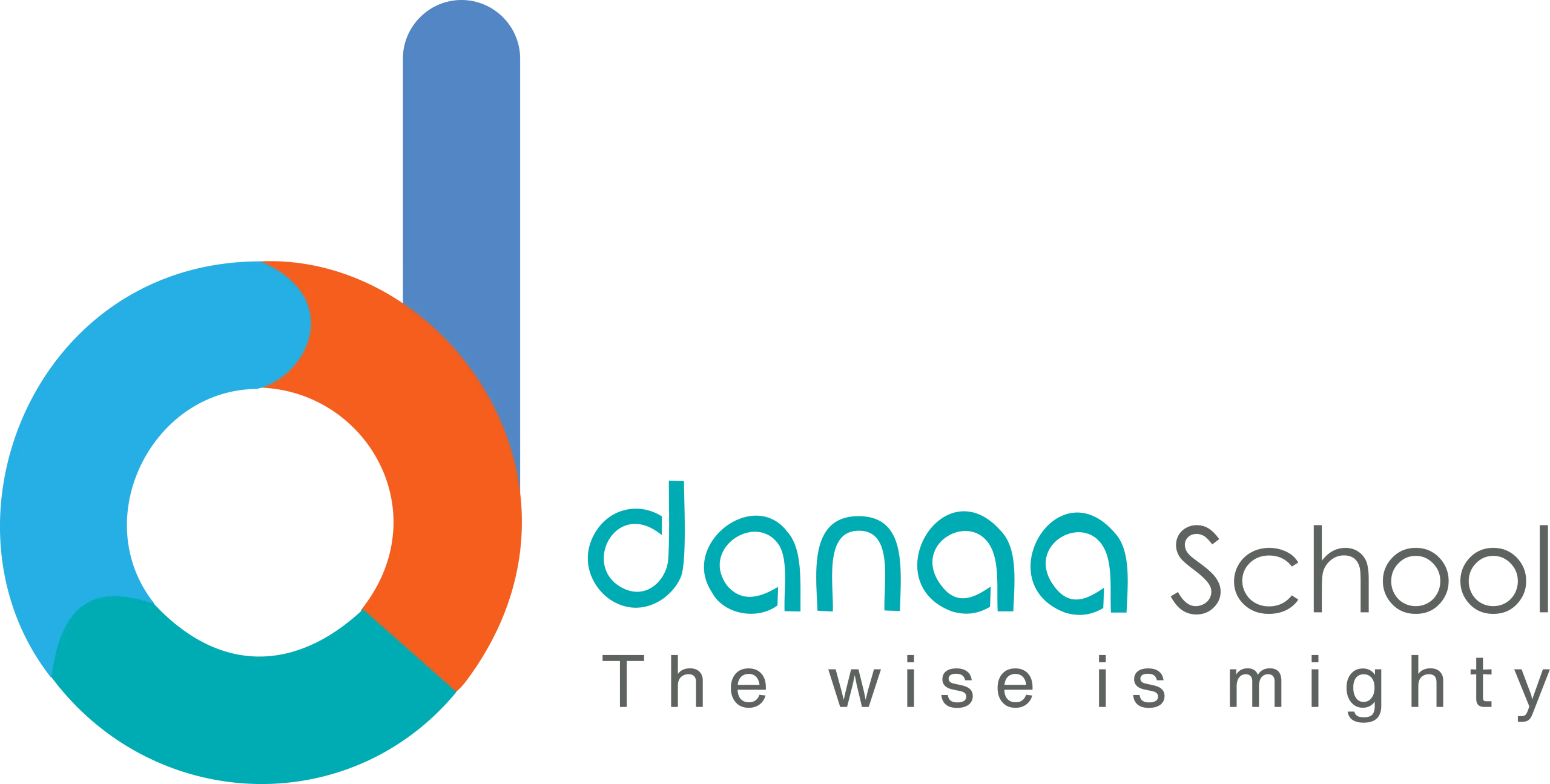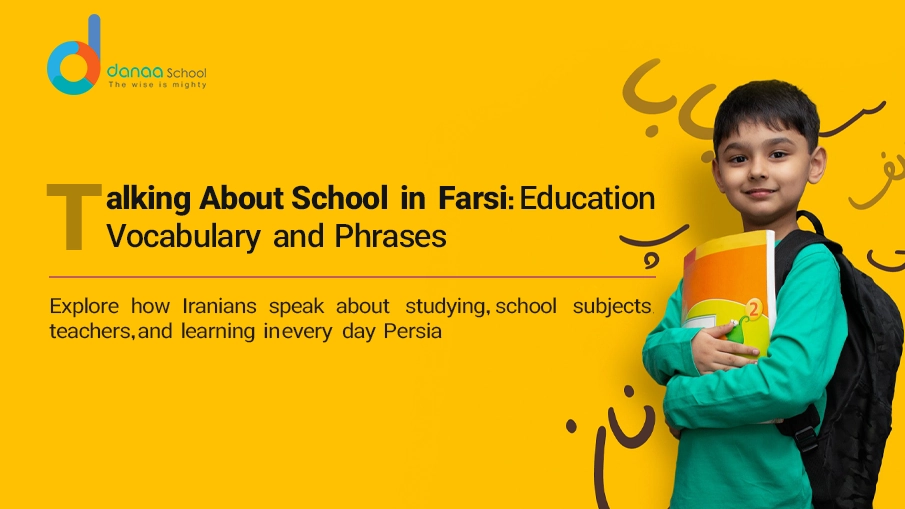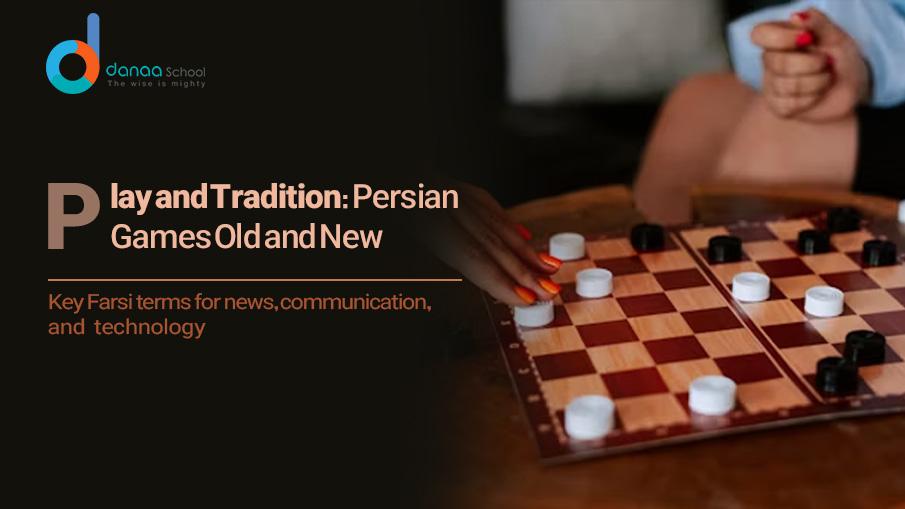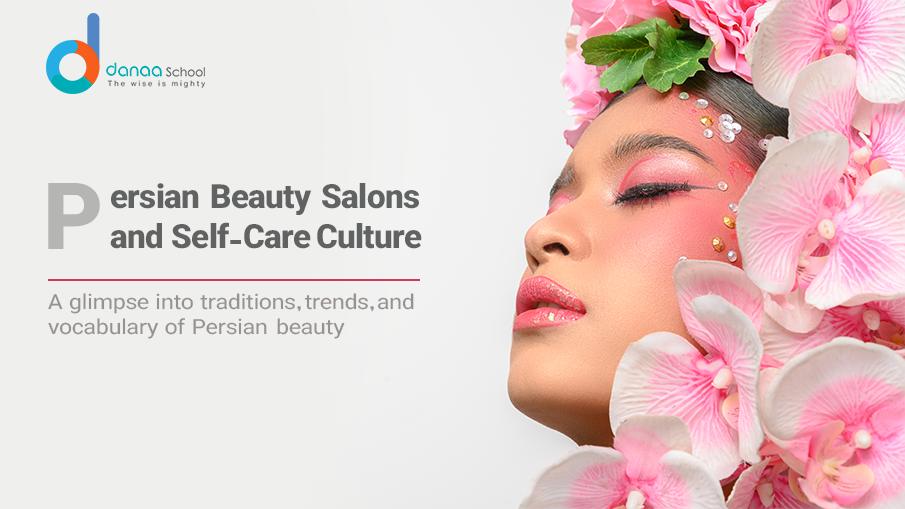Education in Persian
Education is often described as the key to unlocking countless opportunities, and when paired with a language as historically rich and culturally profound as Persian, its impact is magnified. Persian, or Farsi, serves as the primary language for over 120 million speakers globally, spanning countries such as Iran, Afghanistan (where it is known as Dari), and Tajikistan (referred to as Tajik).
Education in Persian provides access to its diverse literary and cultural treasures and fosters more profound connections with a vibrant linguistic community.
This article will explore the nuances of education in Persian, including the language’s significance in academia, the challenges and opportunities for learners, and the resources to master the language effectively.
Education in the Persian Language
Persian is an Indo-European language with a rich linguistic history that dates back more than 2,500 years. It has profoundly influenced cultures in Central Asia, South Asia, and the Middle East. Education in the Persian language offers students a deeper understanding of Persian literature, poetry, philosophy, and sciences—fields that have thrived through centuries.
One of the most remarkable aspects of Persian is its poetic tradition. Renowned poets like Rumi, Hafez, Ferdowsi, and Saadi composed Persian masterpieces that resonate with audiences worldwide. Persian poetry remains an integral part of the education system in countries like Iran, where students memorize verses that reflect themes of love, ethics, and mysticism.
Modern education in Persian covers diverse subjects, from linguistics to technology, enabling learners to build personal and professional growth skills. Moreover, the spread of digital tools has revolutionized Persian education globally. E-books, online courses, and language-learning platforms have brought Persian instruction to learners worldwide.
Why Learning Persian Is Valuable
Learning Persian is about more than simply acquiring a new language. It opens doors to understanding a civilization that has shaped the world for centuries. Persian offers learners insights into the unique worldview of its speakers—expressed through its literature, traditions, and art. Here are some key reasons why mastering Persian is valuable:
- Cultural Enrichment: Persian is a gateway to a culture that has inspired art, music, and literature globally.
- Career Opportunities: Fluency in Persian can lead to career opportunities in diplomacy, translation, academia, and international business.
- Travel and Connection: For travelers to Iran, Afghanistan, or Tajikistan, speaking Persian can enhance their experiences by fostering authentic connections.
- Intellectual Growth: Persian’s poetic nature and deep philosophical undertones challenge learners intellectually and creatively.
Challenges of Learning Persian
While Persian is a rewarding language to learn, it comes with its challenges. One of the most notable is mastering the Persian script, written from right to left. The script is derived from Arabic but includes four additional letters, making it unique to Persian.
Pronunciation can also pose difficulties, especially for native speakers of non-Semitic or non-Indo-European languages. Persian vowel systems and sounds require practice to be perfect.
Another challenge is the limited availability of comprehensive resources for advanced learners. While basic Persian courses are widely available, advanced learners often struggle to find materials that challenge them further.
However, these challenges should not deter learners. With consistent effort, practice, and exposure to native speakers, anyone can overcome these hurdles.
Tools and Resources for Learning Persian
With advancements in technology, learning Persian has become more accessible than ever. Here are some resources that can help learners at various stages:
- Online Language Platforms: Websites like Rosetta Stone, Duolingo, and Mondly offer Persian courses for beginners.
- Persian Literature: Reading classics such as the Shahnameh or Rumi’s Masnavi provides cultural and linguistic insights.
- Language Apps: Apps like Memrise and Drops focus on building Persian vocabulary through interactive methods.
- YouTube Channels: Native Persian speakers often post free tutorials, pronunciation guides, and conversational tips.
- Cultural Immersion: Traveling to Iran or engaging with Persian-speaking communities allows learners to practice in real-life contexts.
- Language Schools: Institutions such as Danaa School specialize in Persian instruction tailored to various levels and goals.
How Education in Persian Shapes Identity
For Persian speakers, education in their native language is more than a medium of communication—it is a means of preserving their cultural identity. Persian education emphasizes themes like family, ethics, hospitality, and respect for tradition. These values are interwoven into Persian textbooks, poetry, and classroom interactions.
Moreover, Persian is celebrated as the language of love and wisdom. It bridges generations by connecting modern learners with their ancestors’ profound philosophies and timeless expressions. Education in Persian serves as a unifying force for Persian-speaking communities worldwide, promoting shared heritage and pride.
Learning Persian with Danaa School
If you’re ready to embark on your journey of learning Persian, look no further than Danaa School. Danaa School offers a comprehensive curriculum designed for learners of all levels. With expert instructors, interactive classes, and a focus on cultural immersion, Danaa School makes learning Persian engaging and rewarding.
Whether you’re interested in mastering conversational skills or exploring Persian literature, Danaa School has the resources to guide you every step of the way.
FAQs
What makes Persian an easy language to learn?
Persian grammar is simpler than many other languages, with no grammatical gender or complicated verb conjugations, making it relatively easy for beginners.
How long does it take to learn Persian?
The time varies depending on your dedication and prior experience, but most learners can achieve conversational fluency in 6–12 months with consistent practice.
Is Persian similar to Arabic?
While Persian uses the Arabic script and has borrowed some vocabulary, its grammar and structure are distinctly different. Persian is an Indo-European language, unlike Arabic, which is Semitic.
What are the best books for learning Persian?
Books like “Teach Yourself Persian” by Narguess Farzad and “Elementary Persian Grammar” by Gernot Windfuhr are excellent starting points.
Can I learn Persian online for free?
Yes, platforms like Duolingo, YouTube, and PersianPod101 offer free resources for beginners.
Is Persian useful for travel?
Absolutely! Persian is invaluable for travelers to Iran, Afghanistan, and Tajikistan, enriching their cultural experiences.
What dialect of Persian should I learn?
The standard dialect, Iranian Persian (Farsi), is the most widely understood and is a good starting point for learners.
Conclusion
Education in Persian is more than just learning a language; it is a journey into a vibrant cultural and historical tapestry. Whether captivated by its timeless poetry, intrigued by its philosophical depth, or driven by the desire to connect with millions of speakers worldwide, Persian offers endless opportunities for growth and enrichment.
Take the first step today. Enroll in Danaa School and open the door to a world of linguistic and cultural discovery. Start your Persian journey and unlock a lifetime of learning and connection.


